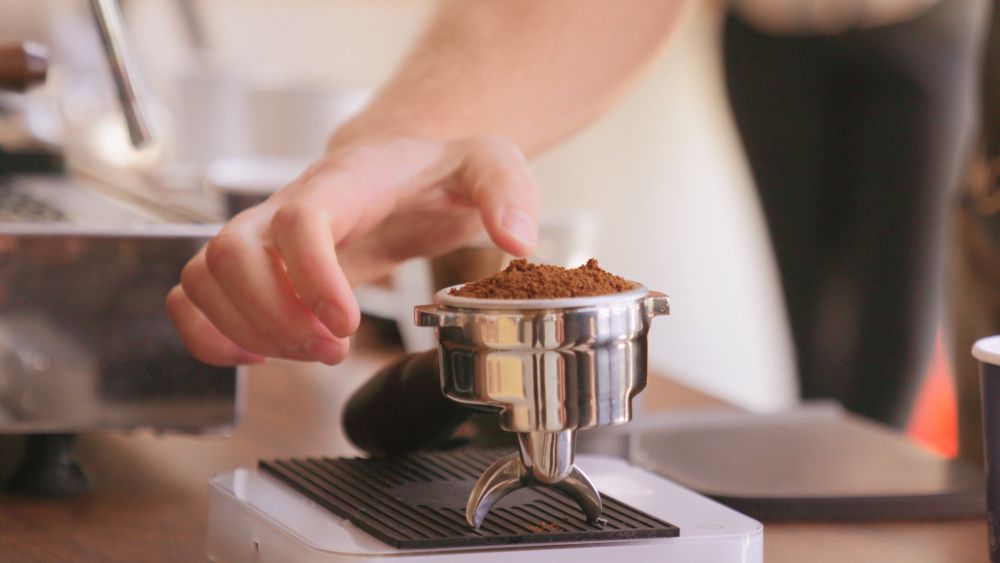
2025/05/20

Dialing in espresso is a daily routine for any serious barista. It's the process of fine-tuning your grind, dose, and yield to match your beans and extract the best possible flavor in every cup. And while it may sound technical, dialing in is really about developing a feel for how coffee behaves—and how to respond when it doesn't behave the way you expect.
Where to Begin
Start with your scale. This isn't optional. You need accurate weights for both your dry coffee (dose) and your liquid espresso (yield). These are the foundations of every adjustment you'll make.
Next, load your hopper with enough beans to work with—dialing in is never waste-free. Accept that you'll sacrifice some coffee in the process to get it just right.
Pull a test shot without worrying too much about numbers. Just pay attention to the timing: how long does it take for the first drops to hit the cup? If it takes too long, your grind is too fine. If it happens too fast, go finer. Each time you change the grind, purge your grinder a bit before pulling your next shot to avoid mixing old and new grinds.
Fine-Tuning
Monitor Shot Time. Ideal total shot time is between 25 and 35 seconds. Once your timing looks right, weigh your input and output. A basic starting ratio is 18 grams in and 36 grams out—a 1:2 brew ratio—but this can vary depending on your beans and taste preference.
If your shot tastes overly sour or acidic, it's under-extracted. Try extending the shot time slightly or increasing your dose by small increments (0.2g at a time).
If your shot is bitter or harsh, it's likely over-extracted. Reduce your yield or slightly lower your dose.
Always change one variable at a time. That's the only way to know what's really making a difference. Don't change more than one at once, or you won't know what caused the result. Use time as an indicator, not a variable. Don't overdo it—after five or six shots, your palate gets tired and you risk caffeine overload.
The Catch: It's a Balancing Act
The biggest challenge in dialing in is how each adjustment impacts the others. Changing the grind affects the flow, which affects the yield, which in turn influences the taste. It's a constant feedback loop.
And when you're managing multiple machines or busy peak hours, repeating this process throughout the day is time-consuming.
Let the Machine Dial In for You
This is where automation changes everything.
The CAYE Smart X espresso coffee machine features a built-in Closed-Loop Control System (CLS) that automates dialing in by managing the three key variables:
Dose (grams in) – precisely controlled with an integrated scale.
Yield (grams out) – managed via a flow meter or espresso scale.
Grind size – automatically adjusted based on real-time shot time feedback.
With Smart X, your machine doesn't just pull shots—it thinks like a barista. The result? Consistent quality, minimal waste, and no more guesswork.
Contact us:
Email: sales.intl@caye.comLinkedin | Instagram | YouTube: @ caye technology
share